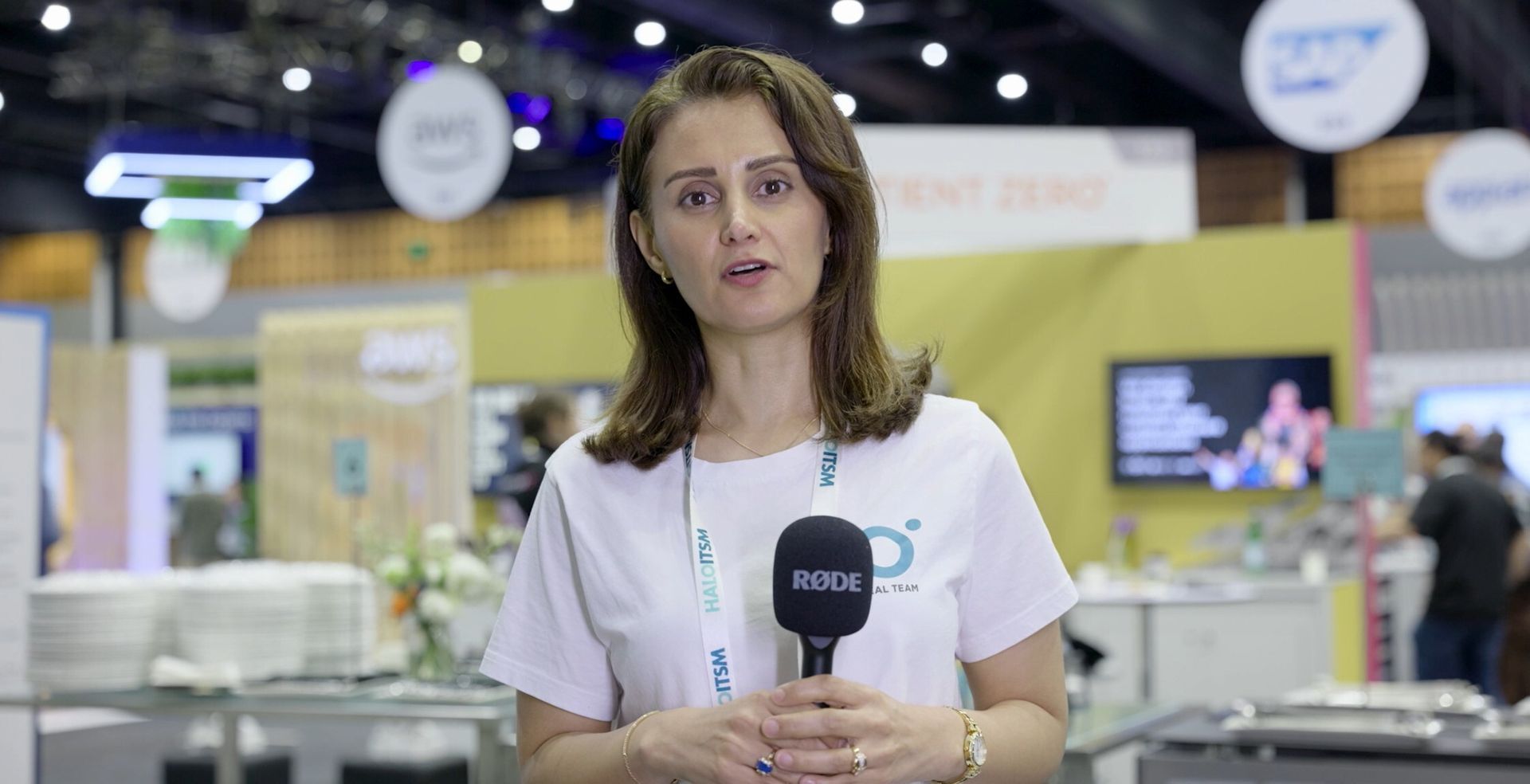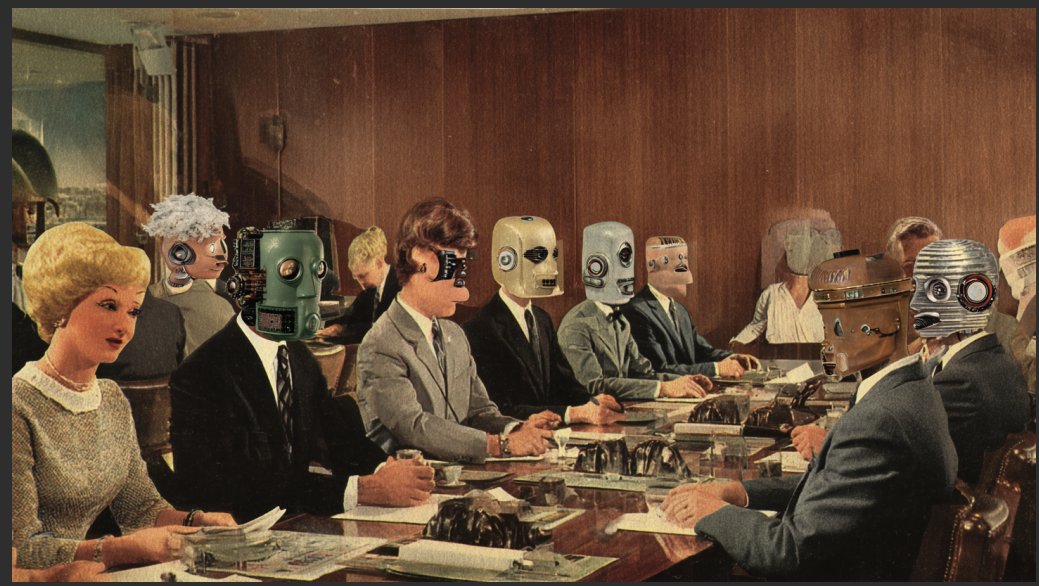Customer Service - Delighted or Deflated?
Those more learned than I espouse the merits of genuine customer service and I whole heartedly agree. A great CX strategy, process & communication digitalisation and an agile customer journey seem to be winning hearts & minds and bottom-line improvements.
I firmly believe that a well-considered and holistic CX strategy pays significant dividends to both the customer and the vendor; delivering low effort problem solving for the customer and an enhanced bottom line for the vendor.
Truly understanding the digital experience that customers crave is a key component to delivering a great buying experience which in turn leads to a stronger bottom line.
Quality Digital Customer Service delivers bottom line gains in 2 main areas:
Low-effort and intuitive customer interactions enhance the buying experience, promoting higher transactional values and increasing repeat business
Digital customer service through automation and e-channels can realise significant cost savings
A deeper dive into these two areas:
1) Low-effort and intuitive customer interactions enhance the buying experience, promoting higher transactional values and increasing repeat business
The simplest way to increase customer loyalty is not through delighting them it is ensuring that engaging with you requires minimal effort.
State of Digital Business Report states that a good digital experience makes the customer six times more likely to try a new product or service from their preferred brand, four times more likely to refer the brand to their friends, family and connections and two times more likely to make a purchase with their preferred brand (even if a competitor has a better product or price).
2) Digital customer service through automation and e-channels can realise significant cost savings
A McKinsey survey found that digitising customer service helps reduce costs by 25 – 35%
•Automation projects delivering process optimisation through Digital channels often progress to MVP and no further. MVP does not deliver the optimum Customer Experience in fact organisations miss the Viable piece and therefore do not necessarily deliver any improvements. Many organisations reduce the MVP to MP and then congratulate themselves on a successful project and move on!
•Speed and efficiency above all else often mean 2 completely different things depending on your perspective:
Delight – positive and empathetic focus on the customer outcome
Deflate - focused on cost reduction - spending as little time as possible on a reaching a good customer outcome
Why deflate rather than delight?
Although the benefits are apparent to most of us there are, in my opinion, only a few companies genuinely striving to deliver exceptional customer service; the majority either lack any basic understanding of how to achieve this, are complacent in the treatment of their customers or seek to provide a service veneer. This veneer suggests a comprehensive digital and omni-channel service, but experience shows that web contact pages are clearly not monitored and call back requests disappear into the ether etc.
Whether through traditional telephonic or digital communication many organisations have clearly decided that genuine service is not necessary when lip service will suffice. The availability of low-cost labour and the huge volume of sales through attractively discounted products compensates financially for any customer attrition through poor customer service. The skill seems to be to convince customers of a best of breed service through a traditional smoke and mirrors approach.
You would think that Enterprise providers would have a sharp focus on delighting their clients, however during a customer led workshop last week, to seek a solution for a critical business problem, the incumbent solution provider failed to turn up without even a call of apology. Is this the arrogance of incumbency or lack of interest?
Achieving a delightful experience is not simple. The customer experience policy and processes need to be understood and committed to across the organisation. A Gartner survey finds that employee engagement is a top concern affecting customer experience. Gartner observes that “In some instances, the best technology investments have been derailed by employee factors, such as a lack of training or incentives, low morale or commitment, and poor communication of goals."
A low Net Promoter Score (NPS) in some cases appears to have a direct correlation to low Customer Satisfaction rating. Surely this is just common sense. If the team providing the Customer Service is disenchanted, then would you not expect to see this attitude reflected in their work. CX is a people issue so why do we invest in the technology and process and disregard the people? AI should be there to augment people service not to deliver an artificial veneer of service.
Delight or Deflate – judge for yourself.
Share This Post
Get In Touch
Recent Posts






